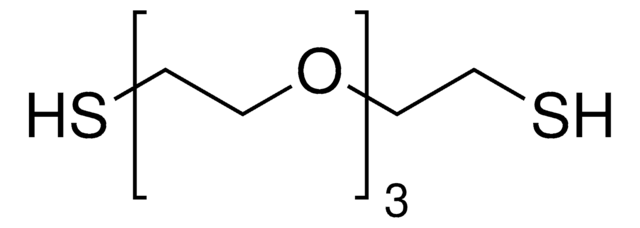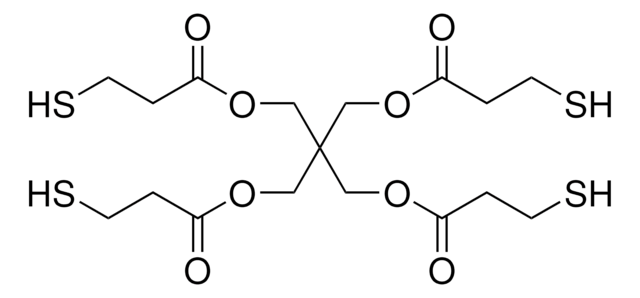55417
1,2-Propanediol
analytical reference material
Sinónimos:
Propylene glycol
About This Item
Productos recomendados
grade
analytical reference material
Quality Level
vapor density
2.62 (vs air)
vapor pressure
0.08 mmHg ( 20 °C)
assay
≥98.5% (qNMR)
≥99.5% (GC)
autoignition temp.
779 °F
shelf life
limited shelf life, expiry date on the label
expl. lim.
12.5 %
technique(s)
HPLC: suitable
gas chromatography (GC): suitable
impurities
≤0.5% water
refractive index
n20/D 1.432 (lit.)
n20/D 1.432-1.434
bp
187 °C (lit.)
mp
−60 °C (lit.)
density
1.036 g/mL at 25 °C (lit.)
application(s)
cleaning products
cosmetics
flavors and fragrances
food and beverages
forensics and toxicology
personal care
pharmaceutical (small molecule)
format
neat
SMILES string
CC(O)CO
InChI
1S/C3H8O2/c1-3(5)2-4/h3-5H,2H2,1H3
InChI key
DNIAPMSPPWPWGF-UHFFFAOYSA-N
¿Está buscando productos similares? Visita Guía de comparación de productos
Application
Storage Class
10 - Combustible liquids
wgk_germany
WGK 3
flash_point_f
217.4 °F - closed cup
flash_point_c
103 °C - closed cup
Elija entre una de las versiones más recientes:
Certificados de análisis (COA)
¿No ve la versión correcta?
Si necesita una versión concreta, puede buscar un certificado específico por el número de lote.
¿Ya tiene este producto?
Encuentre la documentación para los productos que ha comprado recientemente en la Biblioteca de documentos.
Nuestro equipo de científicos tiene experiencia en todas las áreas de investigación: Ciencias de la vida, Ciencia de los materiales, Síntesis química, Cromatografía, Analítica y muchas otras.
Póngase en contacto con el Servicio técnico




